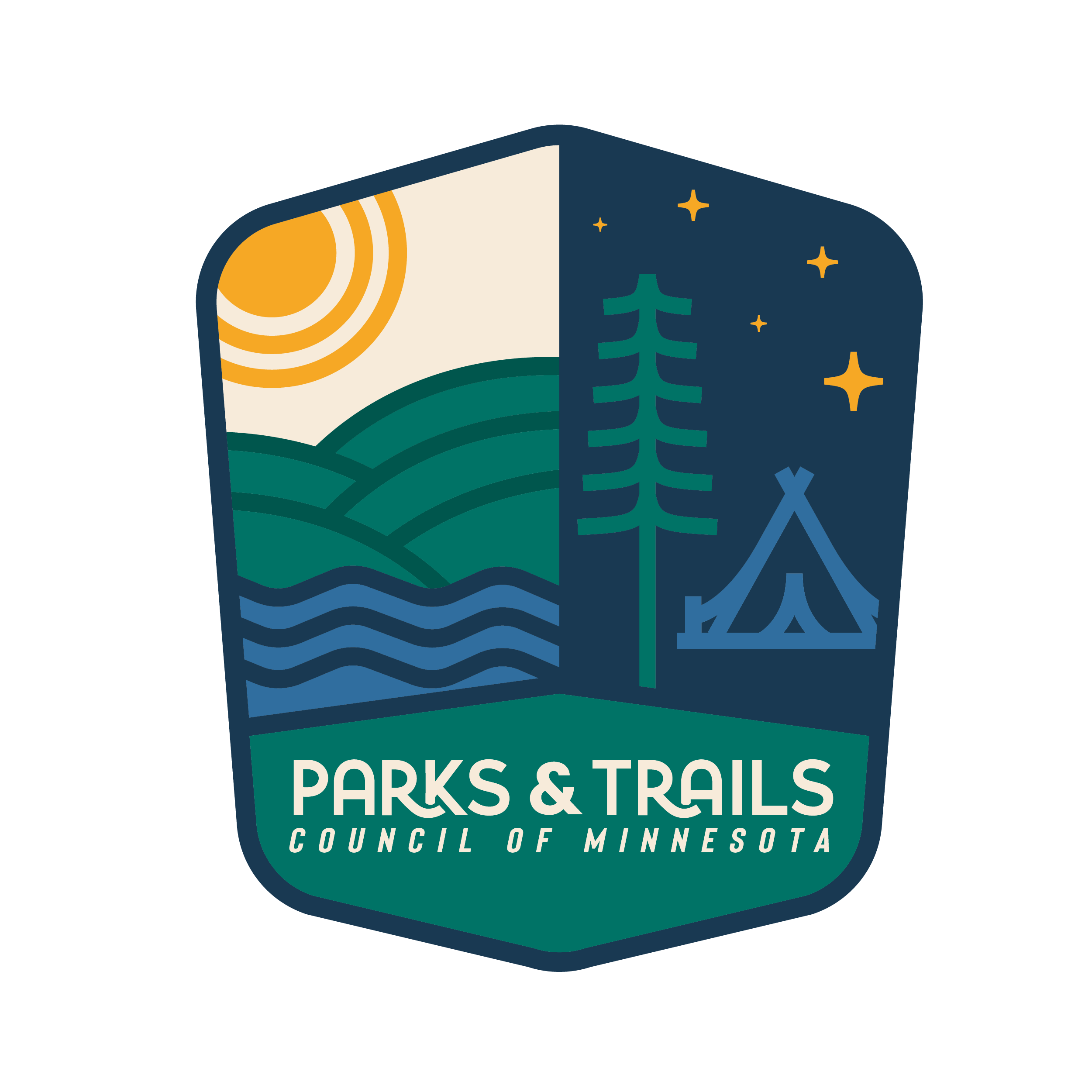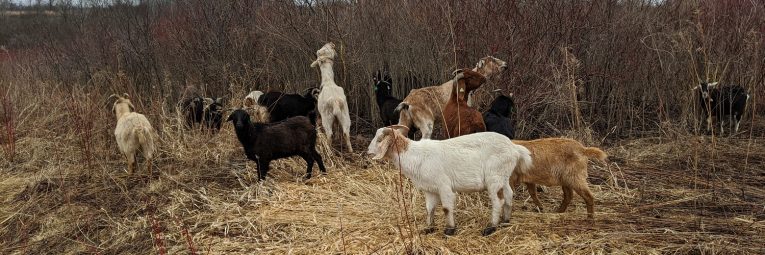From Friends of Chester Woods
What’s more fun than watching goats at play? How about watching goats accomplishing much needed work for the parks while they do their goat ‘thing’?
Faced with overwhelming amounts of invasive buckthorn, honeysuckle and overgrown brush in the park, Friends of Chester Woods agreed to fund goats at Chester Woods to help clear invasive plants. This approach may allow the park to avoid using massive amounts of toxic chemicals or requiring human power they don’t have. Working with Jake Langeslag of Goat Dispatch, we arranged for 67 goats to be brought to Chester Woods Park and placed in fenced areas carefully chosen by the park staff.
To keep costs down, Friends of Chester Woods volunteers collected lists of other volunteers from members and Master Naturalists to patrol the acres of fencing and monitor the health and progress of the goats as they went about their work. The monitoring slots filled up so quickly that late comers were unable to sign up. What a great problem to have!
The data will be collected, collated, and analyzed to document their effectiveness. We will share our results with you so that other friends groups can benefit from our trailblazing efforts.

